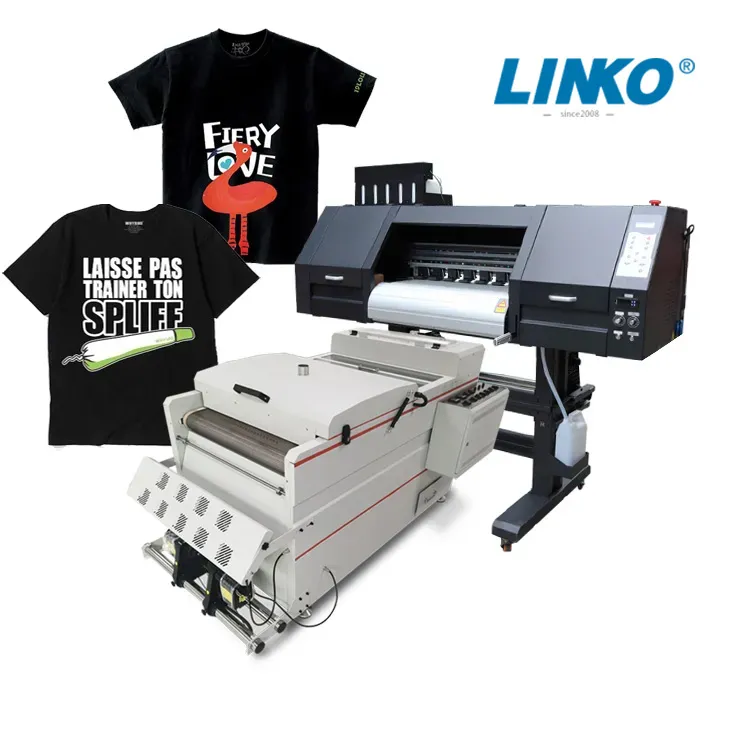DTF Printing Mastery: Elevate Your Textile Creations with Direct-to-Film Technology
DTF Printing Mastery: Elevate Your Textile Creations with Direct-to-Film Technology
Blog Article
The Future of Fashion: Discovering DTF Printing Innovation in the Fabric Market
Among these innovations, Straight to Movie (DTF) printing innovation has actually emerged as a promising contender, using unique abilities and possibilities for designers and producers alike. This advanced printing technique has actually triggered passion due to its prospective to change typical fabric printing procedures.
Evolution of Textile Printing
From the old worlds using techniques like block printing to the electronic change of today, textile printing has constantly pushed boundaries. As the craft spread to various other components of the world, new approaches such as display printing and roller printing arised during the Industrial Revolution, revolutionizing the textile sector.
The introduction of electronic fabric printing in the late 20th century noted a considerable change in the direction of more lasting and functional printing methods. The advancement of textile printing showcases an abundant history of creative thinking, ingenuity, and technological development in the world of fashion and style.
Advantages of DTF Modern Technology
With the evolution of textile printing methods from old approaches like block printing to modern developments such as electronic printing, the intro of Direct-to-Fabric (DTF) modern technology has considerably improved the performance and sustainability of fabric printing procedures. One of the primary benefits of DTF innovation is its capability to directly print layouts onto textile without the demand for transfer documents, which reduces waste and simplifies the production process. Furthermore, DTF printing permits higher color vibrancy and information accuracy contrasted to conventional approaches, enabling fabric manufacturers to develop elaborate and high-grade layouts easily.
Moreover, DTF modern technology is recognized for its convenience, as it can be made use of on numerous kinds of materials, including all-natural fibers like woollen, silk, and cotton, in addition to synthetic materials such as polyester and nylon (DTF Printing). This adaptability opens a large range of possibilities for makers and designers to experiment with various structures and materials, bring about even more ingenious and unique products in the apparel industry. In general, the execution of DTF innovation represents a substantial improvement in textile printing, supplying many advantages that add to the future sustainability and creativity of the sector
Sustainability in Fashion Manufacturing
Highlighting environmentally friendly techniques is vital in contemporary style production, straightening with the growing customer demand for lasting products. Over the last few years, the fashion market has dealt with increasing examination as a result of its considerable ecological impact, consisting of excessive water usage, chemical air pollution, and textile waste. As a feedback, many style brand names are now including sustainable techniques into their manufacturing processes to lessen harm to the atmosphere.
Sustainability in style production includes different facets, such as using recycled and natural materials, minimizing energy usage, applying ethical labor methods, and advertising transparency throughout the supply chain. In addition, developments in modern technology, like DTF printing, offer chances to better enhance sustainability in fabric production. This technology allows exact printing on fabrics, minimizing ink wastage and water usage contrasted to traditional printing techniques.
Layout Freedom and Modification

Moreover, DTF printing assists in customization on a scale formerly unattainable, allowing for individualized clothing and special items tailored to specific choices. In general, DTF printing modern technology transforms the style landscape in the fabric industry, using countless possibilities for innovative expression and tailored fashion.
Effect on Supply Chain & Market Trends
DTF printing technology in the textile sector is improving supply chain characteristics and influencing market patterns with its effectiveness and personalization abilities. By allowing on-demand printing and getting rid of the need for large inventories, DTF technology simplifies the supply chain procedure.
Furthermore, the modification potential of DTF printing modern technology is transforming the market fads in the textile sector. As a result, DTF innovation is driving a change towards even more ingenious and customer-centric approaches within the textile sector, shaping the future of fashion.

Verdict
To conclude, DTF printing innovation is revolutionizing the textile market by supplying various advantages such as layout liberty, sustainability, and customization. This innovative technology is reshaping the future of fashion manufacturing, influencing supply chains, and driving market fads towards much more effective and green practices. As the industry remains to develop, DTF printing will play a vital duty in forming the means fabrics are generated and eaten in the years ahead.
From the old people making use of techniques like block printing to the electronic revolution of today, fabric printing has actually constantly pressed limits. As the craft spread to other parts of the world, brand-new approaches such as display printing and roller printing emerged during the Industrial Revolution, revolutionizing the fabric sector.
The intro of digital textile printing in the late 20th century noted a substantial shift towards more lasting and flexible printing approaches.With the advancement of fabric printing techniques from ancient approaches like block printing to contemporary developments such as digital printing, the intro i loved this of Direct-to-Fabric (DTF) innovation has significantly boosted the effectiveness and sustainability of textile printing procedures (DTF Printing).In action to the crucial shift in the direction of sustainability in style production, the fostering of ingenious technologies like DTF over here printing not just addresses environmental concerns however also opens up methods for unmatched style freedom and personalization in the textile sector
Report this page